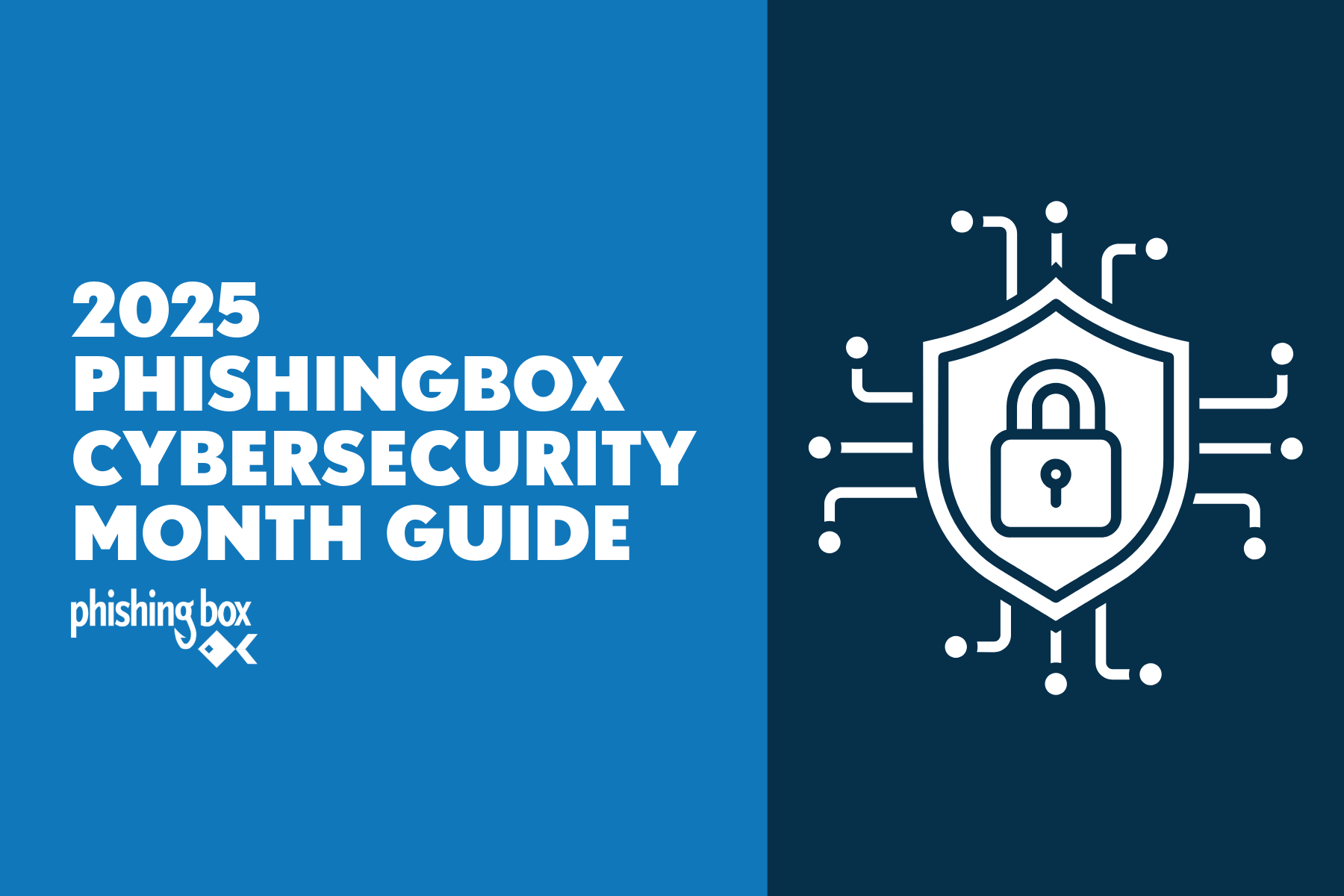Cybersecurity is often framed as a technological problem—but time and again, the evidence shows that people are at the center of most security breaches. Whether it's a phishing email, a misdirected file, or a misused credential, human actions frequently lead to costly incidents. Verizon’s Data Breach Investigations Report (DBIR) consistently underscores this reality: the human element is the dominant factor in data breaches.
What Is the Human Element?
The human element refers to breaches that involve:
- Social engineering, such as phishing or pretexting
- Human error, like misconfigurations or sending sensitive data to the wrong recipient
- Privilege misuse, when insiders exploit their access
- Stolen or misused credentials, often the result of weak passwords or phishing
Four Years of Evidence from the DBIR
Verizon’s DBIR offers valuable insight into how often humans are at the center of breaches. Here’s a breakdown from the last three reports:
Breaches Involving the Human Element
| DBIR Year |
Period Covered |
% of Breaches Involving the Human Element |
| 2022 |
Nov 2020–Oct 2021 |
82% |
| 2023 |
Nov 2021–Oct 2022 |
74% |
| 2024 |
Nov 2022–Oct 2023 |
68% |
| 2025 |
Nov 2023–Oct 2024 |
60% |
This trend shows a gradual decline but still highlights a crucial fact: the majority of breaches result from human behavior.
Breaches Involving Social Engineering
| DBIR Year |
Period Covered |
% of Breaches Involving Social Engineering |
| 2022 |
Nov 2020–Oct 2021 |
~17% |
| 2023 |
Nov 2021–Oct 2022 |
~17% |
| 2024 |
Nov 2022–Oct 2023 |
22% |
| 2025 |
Nov 2023–Oct 2024 |
17% |
Social engineering remains the top human-driven tactic in breaches and has held steady in prevalence over the last three years. Tactics like phishing, pretexting, and business email compromise (BEC) remain highly effective and widespread.
Why This Should Matter to Organizations
The consistent role of people in breaches means organizations must go beyond firewalls and endpoint detection. A secure network can still fall if an employee clicks a malicious link or reuses a compromised password. Social engineering in particular exploits human psychology—not technical vulnerabilities.
In fact, many attacks now combine techniques: for example, a phishing email (social engineering) may lead to stolen credentials, which are then used for unauthorized access.
How PhishingBox Helps Reduce Human Risk
PhishingBox is designed to help organizations address the human element directly:
- Phishing Simulations: Launch realistic test campaigns that reveal who is vulnerable to clicking or credential submission.
- Awareness Training: Educate employees on recognizing and reporting phishing, pretexting, and other tactics used in social engineering.
- Credential Harvesting Tests: Identify users who fall for credential-grabbing lures—before real attackers do.
- Performance Analytics: Track behavioral trends over time to spot risk areas and tailor training accordingly.
- Automated Testing: Keep your human defenses strong through regular, hassle-free campaigns.
Organizations that train their employees and simulate real-world phishing scenarios consistently see lower risk over time.
Get the Facts
To see how widespread phishing has become, visit our Phishing Facts page for up-to-date statistics and insights.
Final Thoughts
The data is clear: people—not firewalls—are the new frontline in cybersecurity. The human element is responsible for most breaches, and social engineering is the weapon of choice. But this isn't a cause for despair. With the right training and tools, organizations can turn their biggest vulnerability into their strongest defense.
PhishingBox empowers organizations to take proactive, data-driven steps to reduce risk, build a culture of awareness, and stop human-triggered breaches before they start.


